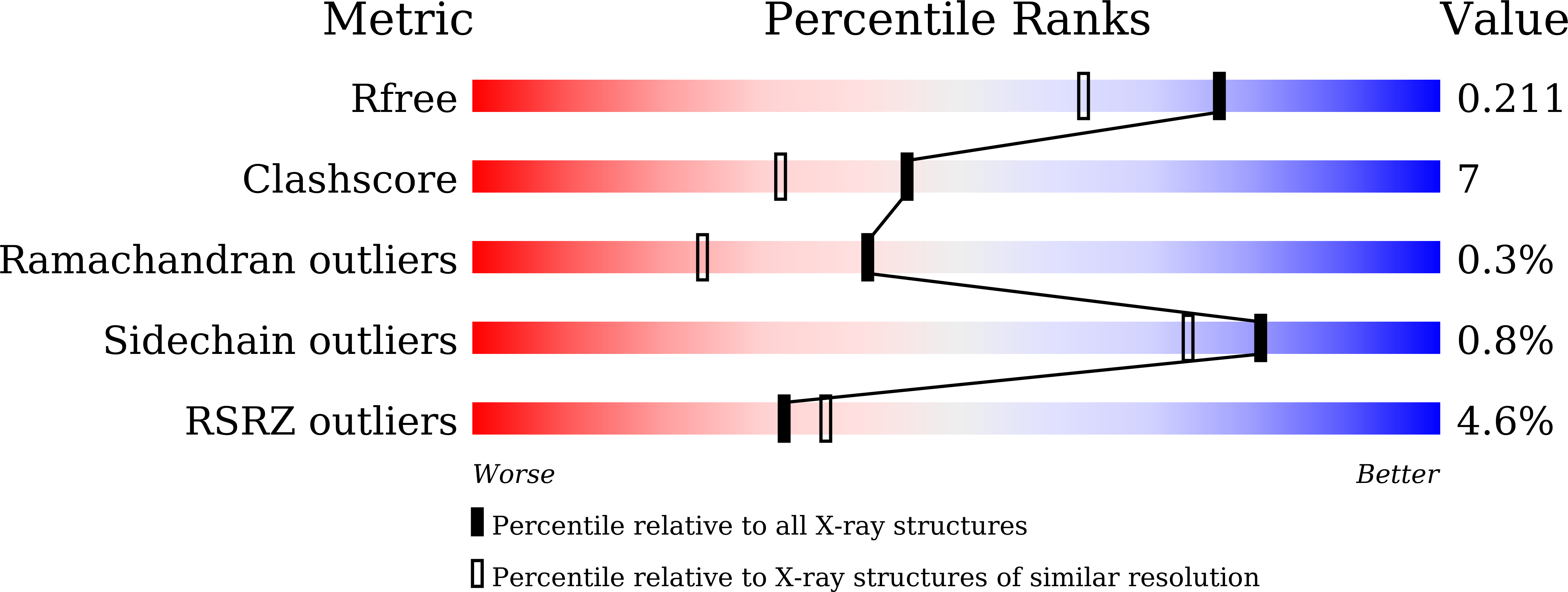
Deposition Date
2019-09-25
Release Date
2020-09-30
Last Version Date
2024-11-06
Method Details:
Experimental Method:
Resolution:
1.70 Å
R-Value Free:
0.20
R-Value Work:
0.18
R-Value Observed:
0.18
Space Group:
P 21 21 2


